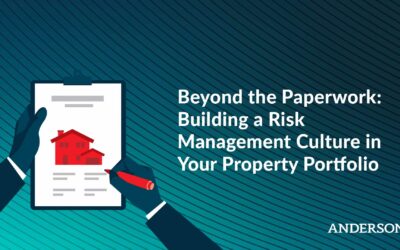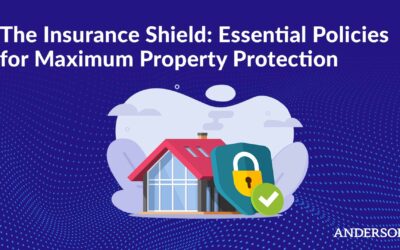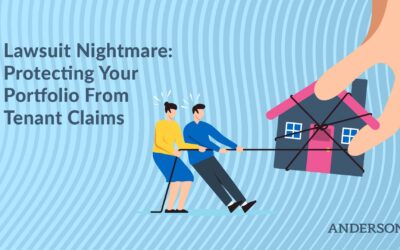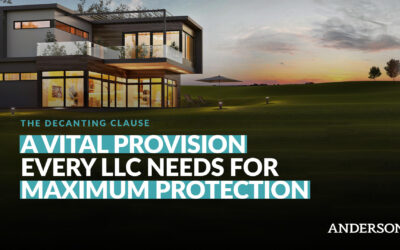When it comes to asset protection for doctors and other medical professionals, there are unique concerns that need to be addressed. Toby Mathis, Esq. explores investment-related concerns in the second part of this 3-part series.
Updated September 24, 2021
Doctors and medical professionals face considerably more risk than those in many other occupations. Therefore, it’s critical to protect your practice, investments, and life from that risk. In the first part of this three-part series on asset protection for doctors, I covered how doctors can protect their practices. In this part, we’ll discuss how to protect your investments. Then, in the final installment, we’ll cover how to protect your life.
Whenever I’m discussing investments, I like to look at things in quadrants.
| Active | Passive |
| Life, kids, personal residence | Non-risk assets (kindling) |
| Active businesses | Risk assets (fire) |
In one column, you have your active activities, and your passive activities go in the other column. Passive assets fall into two categories: risk and non-risk assets. Non-risk assets are assets that don’t pose any risk to you by virtue of owning them, which includes things like stocks, bonds, cash, private placements, etc. These are assets that are not “fires.”
Passive Column
I like to think of non-risk assets as kindling. They’re not fires, but they are most definitely flammable. What I mean by this is simple: if potential plaintiffs’ attorneys know you have these assets, they’re likely to attempt to take them from you in any potential lawsuits. Stocks, bonds, and other non-risk assets are an attractive target for potential plaintiffs’ attorneys.
If you invest in real estate, these investments are considered risk assets. Owning real estate long-term involves inherent liability. In this case, you’ll want to put those investments inside fireproof boxes — what we previously called “firewalls.” When I say “boxes,” I mean either LLCs or limited partnerships. These “boxes” isolate the risk of the fire associated with these kinds of assets.
In addition to putting a fireproof box around risk assets, an important piece of asset protection for doctors is to put a box around the kindling (non-risk assets). This hides the kindling so no one can see it and then try to take it. I like to think of the box for your non-risk assets as a virtual safe. That way, your cash is inside a fireproof safe and not exposed to the liability inherent in your risk assets.
Active Column
The top left quadrant is where I place your personal life, including your personal residence and family. If you currently have your personal residence in a living trust, it’s important to know that living trusts do not provide asset protection. Homestead exemptions also protect your personal residence to some degree, but unless you’re living in Texas or Florida, these exemptions will most likely be insufficient. Your personal residence should still be addressed in your overall asset protection plan, especially if you live in a state with a low homestead exemption amount, like California.
You should also isolate your medical practice in its own fireproof box. If your spouse has another business or if you have a side business, these should each have their own box (business entity). Don’t group multiple businesses into one entity.
Isolating Risk
If you own more than one risky (fire) asset, each should be isolated, as well. By this, I mean you should not keep two properties inside the same entity. If you’re sued regarding one, everything else contained in that box suddenly becomes exposed to that fire.
Ultimately, I like to use quadrants as a way to visualize these concepts because you don’t want any liability to be able to jump from one quadrant to another. This liability even includes your personal life and family.
Before you think “Oh, not that much can happen in my personal name,” think again. I’ve worked closely with investors for over twenty years, and some of them own insurance companies. I specifically asked one of these investors for examples of this for doctors, and these stories are flabbergasting. Some of the overlooked but possible risks your family may pose include car accidents, babysitting accidents, and other seemingly-far-fetched but real possibilities.
Limiting Outside Liability
This is what I call “outside liability.” Outside liability is risk that comes, not from inside one of your boxes, but from the outside. If your teenager gets into a bad car crash and is at fault, or babysits and something happens to the baby, who do you think will be sued? Not your teenager. You. Thus, it’s critical for doctors and medical professionals to isolate their assets. This ensures risk can’t jump your firewalls.
For instance, if I’m sued by a tenant in one of my rental properties and I have good insurance, usually the insurance will be sufficient to cover the damages. Most lawyers, however, don’t work for free. They quite often work on contingencies. Thus, if they know you have other assets vulnerable to judgments, they won’t settle for insurance limits. By walling off your assets, most lawyers know that insurance will be the most they can get from a judgment. It wouldn’t be worth their time, effort, and money to go for more.
Moreover, something I haven’t covered yet but is quite exciting is that there are significant tax benefits that come with using entity structures in this way. In addition to providing asset protection for doctors, entity structures offer major tax benefits. We’ll discuss this in more detail in the third and final installment of this series.
Free Strategy Session with an Anderson Advisor
Receive a detailed risk assessment to assist in lowering problem areas that could wipe out all of your assets with one wrong move. Speak with an Anderson Professional Advisor to get your FREE Strategy Session.
Limited-Time Offer: ($750 value.)













